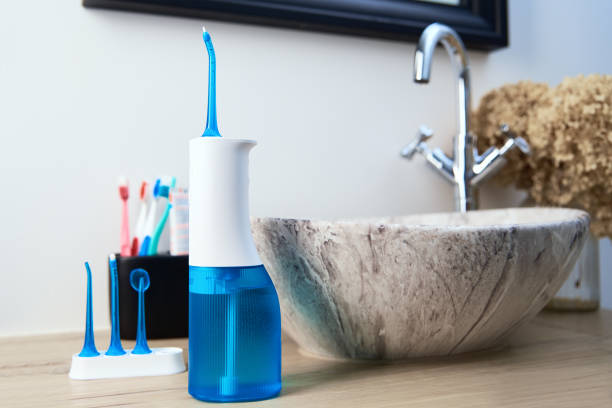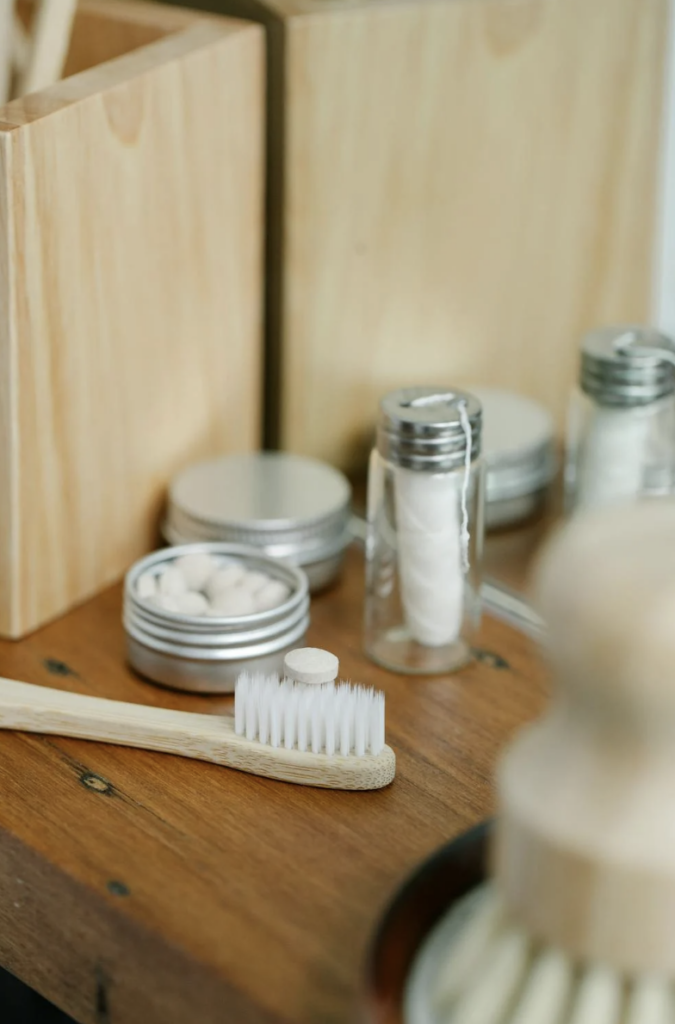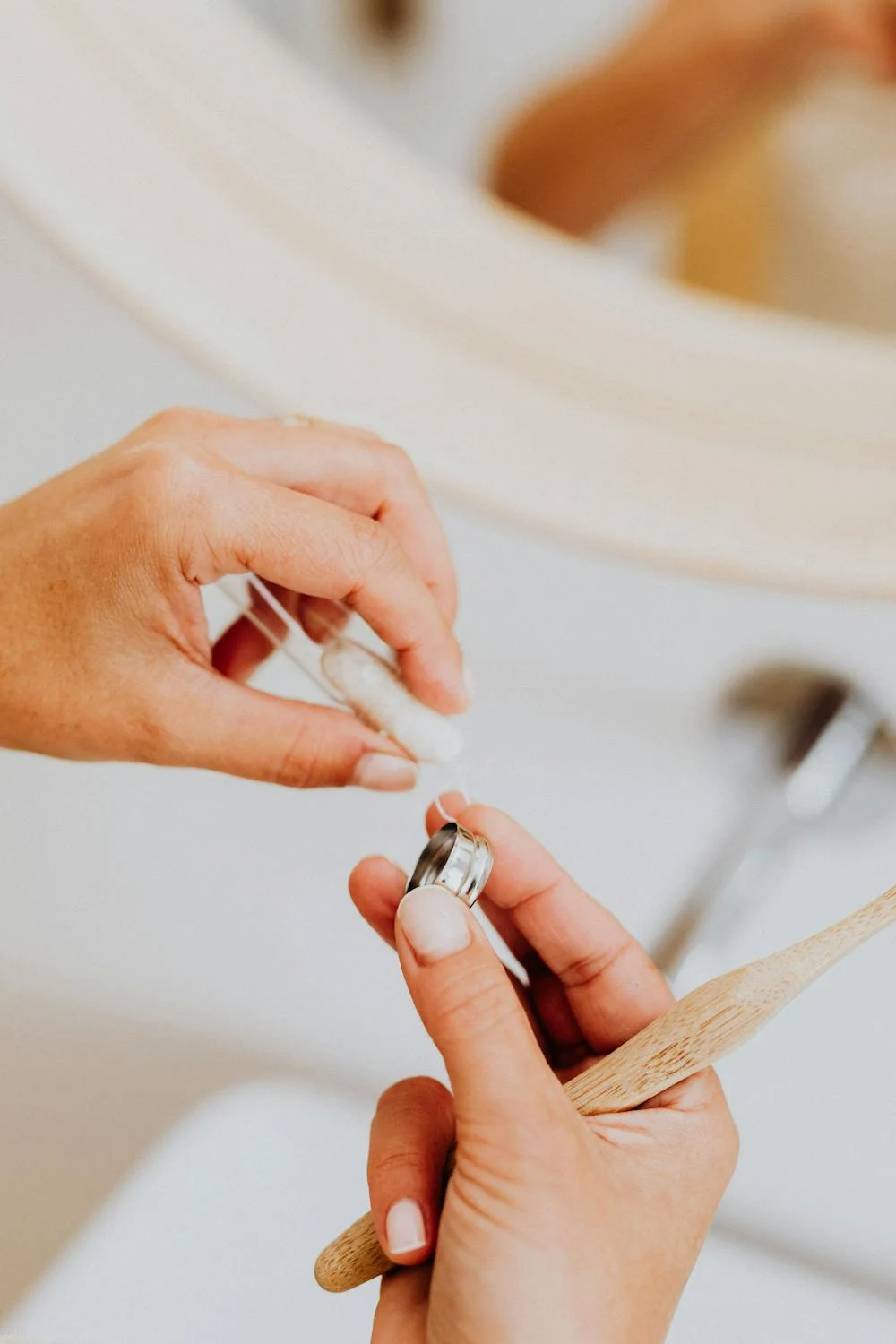Keeping abreast of the latest oral hygiene techniques can be challenging. Many of us also lead extremely busy lives; making it more likely that we will forget to implement proven methods such as flossing. Unfortunately, the results of these bad habits speak for themselves.
A survey conducted in 2015 found that 62 per cent of Irish adults have experienced bleeding gums on at least one occasion while a mere 24 per cent practice the proper oral hygiene techniques regularly.
It is clear to see that brushing and flossing are crucial. However, some of us rarely floss. Even if we do, we might not be using all the options available. Might a quality water flosser (such as a Waterpik) help to bridge this gap? Let’s compare this method with traditional techniques before drawing an objective conclusion.
Water Flossing Versus Standard Approaches
Traditional flossing methods tend to employ a thin string that has been coated with wax. This string is then passed through the crevasses between teeth. The goal is to remove any particulate matter that may not have been addressed through brushing. Flossing with water involves this very same principle. The only difference is that these devices project a stream of pressurised water. Is one better than the other? The information below will shed some light on the subject.
How to Use a Water Flosser
Using a waterflosser is extremely straightforward. Most configurations allow the individual to hold the handle at a 90-degree angle to the surface of your teeth. Once the unit is activated, water will be emitted in a series of steady pulses. This stream can then be directed to the appropriate areas. Most experts recommend beginning at the back teeth (the molars) and working your way forward. Note that these suggestions apply to the Waterpik (a generic brand name that is arguably the most popular water flosser in Ireland). Other models may have slightly different instructions.
Regular Flossing Techniques
If you choose traditional floss, the approach will need to be slightly modified. Here is a quick breakdown of the individual steps involved:
- Pull out a piece of floss approximately 15 centimeters (about 5.91 in) in length.
- Wrap either end around the tips of your right and left index fingers.
- Place the string between these fingers in your mouth; positioning it above the gaps between your teeth.
- After the string has descended, slide it back and forth to dislodge any particles that may remain.
- Once you have finished flossing, clean your mouth with water or gargle with mouthwash.
So, we can now see that flossing represents a more “hands-on” method when compared to the use of water. Is one approach more effective than the other? This question deserves additional attention.
Are Water Flossers Any Good?
The Waterpik system and similar models are relatively new additions to the dental hygiene community. However, they have already been shown to offer a plethora of advantages. One major issue here is that water tends to be much gentler on the gums. Traditional floss may cause irritation and bleeding; especially if you already suffer from conditions such as gingivitis.
From a functional standpoint, flossing with water often removes more debris such as plaque. Furthermore, water is often recommended to those currently undergoing orthodontic treatments. The water will not become snagged on sharp metal surfaces such as brackets or wires. The user in question is therefore less likely to suffer from problems while wearing braces.
There are nonetheless some possible downsides. The units themselves cost more than standard floss. Some may also find it challenging to manipulate the device in the recommended manner (although this generally resolves itself within a short period of time).

The Benefits of Standard Flossing
So, how does traditional flossing stack up to its aquatic counterpart? Cost is a potential concern. A typical pack of floss is never expensive, and unlike powered devices, issues such as recharging, and transport will not present any issues. Some could therefore feel that standard floss is the more convenient option.
Another possible benefit that has been attributed to standard floss involves the ability to feel the amount of pressure being used. The user can therefore make slight changes based on the area being addressed. While water flossing units may offer different settings, a lack of physical contact can make it tough to know if a location has been adequately addressed.
Finally, old-fashioned flossing could still be better when tackling stubborn food particles or plaque that has been allowed to accumulate. This once again arises from the fact that the amount of pressure can be manually adjusted

The Dangers of Failing to Follow the Proper Oral Hygiene Techniques
It is now clear to see that both approaches are associated with their own unique merits. Most experts still feel that flossing with water will provide the most beneficial results; especially for those who find it difficult to floss with regular string. Either way, flossing represents an integral portion of a well-rounded approach to obtaining a healthy mouth.
As the team at Bandon Dental previously highlighted, failing to adhere to the proper oral hygiene techniques can have serious consequences. Some of these include:
- Bad breath
- Cavities
- Gum disease (periodontitis)
- Receding and/or swollen gums
- Sores within the mouth
- In severe cases, lost teeth that must be replaced
This is why obtaining advice from a trained dental hygienist in Cork is essential. These professionals can provide invaluable advice and offer additional suggestions if you happen to be considering a flossing device using water. Let us also remember that identifying any issues at an early stage is critical if you hope to avoid more serious oral health problems.
Part of a Larger Equation
To summarise, here are some of the main benefits attributed to Waterpik flossing solutions:
- Water is easier on the gums
- This approach can access hard-to-reach areas
- Flossing with water efficiently removes most debris.
- Those with braces could also benefit from the use of water.
However, the advantage of traditional floss should never be discounted:
- This is by far the cheapest solution.
- Standard floss is convenient for those who travel on a regular basis.
- A string of floss may be able to address stubborn food particles that remain trapped.
This is why it is normally a good idea to carefully evaluate both techniques. It is just as relevant to mention that flossing alone will not prevent oral health issues. Be sure to brush your teeth daily, use mouthwash approved by your dentist and book regular dental check-ups. If you suspect that an issue is present, never delay in scheduling a professional consultation.
Oral hygiene is no laughing matter, and thanks to advancements in technology, the sheer number of available options will help to keep the dentist at bay.


